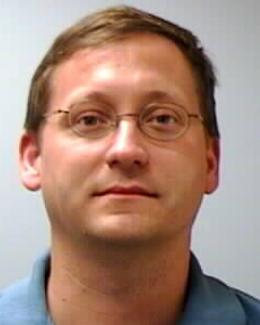Abstract
The alkaline-earth scintillator, CaI2:Eu2+, was initially discovered around 1964 by Hofstadter, Odell, and Schmidt. Serious practical problems quickly arose, however, that were associated with the growth of large monolithic single crystals of this material due to its lamellar, mica-like structure. As a result of its theoretically higher light yield, CaI2:Eu2+ has the potential to exceed the excellent scintillation performance of SrI2:Eu2+. In fact, theoretical predictions for the light yield of CaI2:Eu2+ scintillators suggested that an energy resolution approaching 2% at 662 keV could be achievable. As in the case of the early SrI2:Eu2+ scintillator, the performance of CaI2:Eu2+ scintillators has traditionally suffered due, at least in part, to outdated materials synthesis, component stoichiometry/purity, and single-crystal-growth techniques. Based on our recent work on SrI2:Eu2+ scintillators in single-crystal form, we have developed new techniques that are applied here to CaI2:Eu2+ and pure CaI2 with the goal of growing large un-cracked crystals and, potentially, realizing the theoretically predicted performance of the CaI2:Eu2+ form of this material. Calcium iodide does not adhere to modern glassy carbon Bridgman crucibles - so there should be no differential thermal-contraction-induced crystal/crucible stresses on cooling that would result in crystal cracking of the lamellar structure of CaI2. Here we apply glassy carbon crucible Bridgman growth, high-purity growth-charge compounds, our molten salt processing/filtration technique, and extended vacuum-melt-pumping methods to the growth of both CaI2:Eu2+ and un-doped CaI2. Large scintillating single crystals were obtained, and detailed characterization studies of the scintillation properties of CaI2:Eu2+ and pure CaI2 single crystals are presented that include studies of the effects of plastic deformation of the crystals on the scintillator performance.



